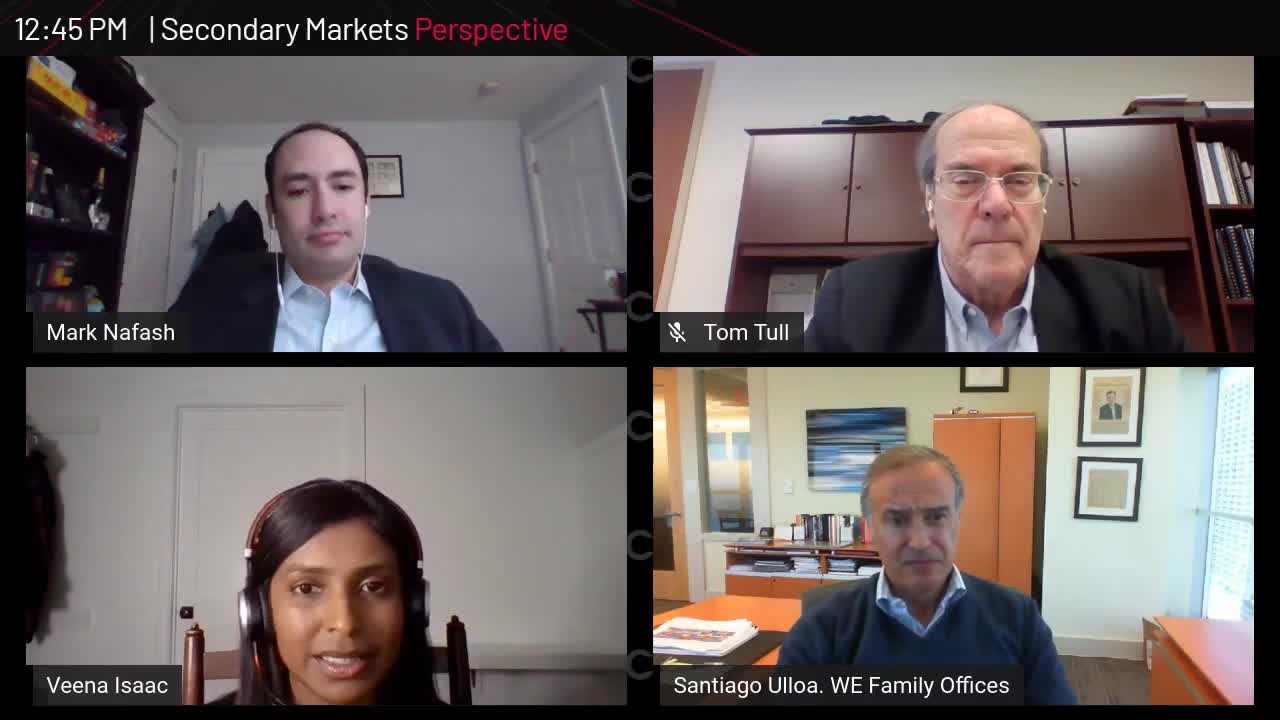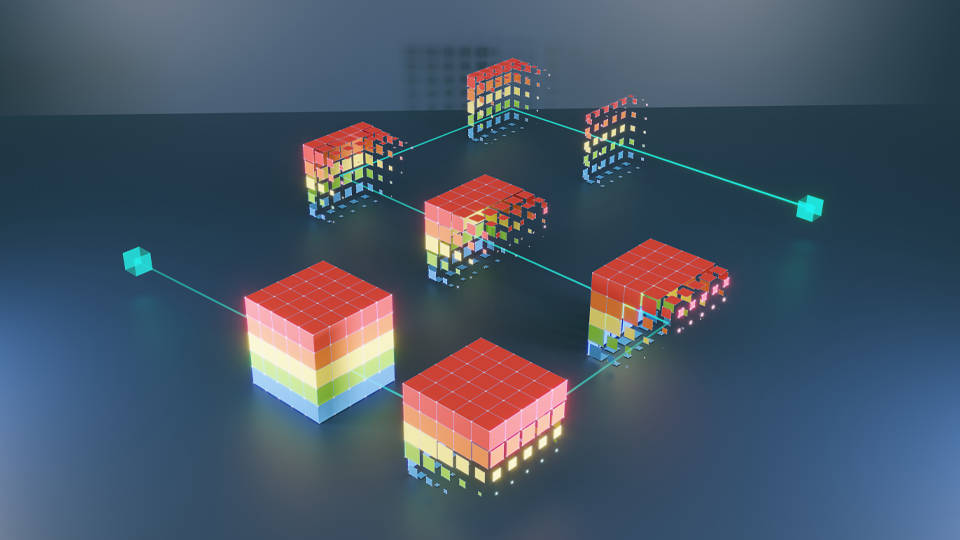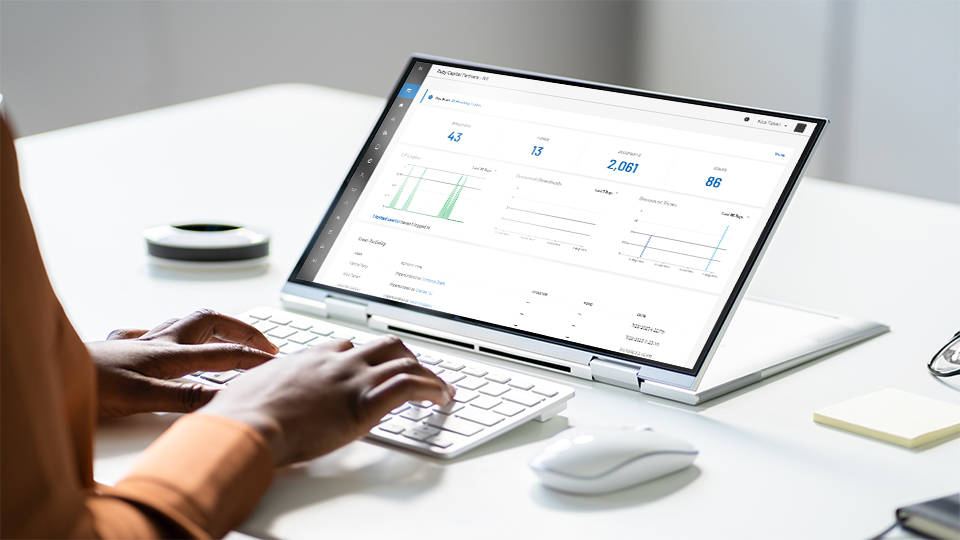The Secondaries Market Is Having a Moment
12 March 2021Deal activity continues to evolve, mature and grow.

The market volatility caused by COVID-19 pushed limited partners (LPs) and general partners (GPs) to review their portfolios and funds. In many cases, this was an exercise to evaluate liquidity challenges and whether to use secondaries as an investment exit strategy. A secondary is the sale and purchase of a preexisting LP commitment to an illiquid private market fund or a restructuring of a fund by a GP to provide liquidity to investors. The advantage to the seller is the immediate influx of cash and rebalancing of a portfolio. The disadvantage is that secondary sale prices have historically been below net asset value (NAV). For a GP-led process, the fund is looking to take advantage of an asset that needs a longer maturity time frame or is trying to restructure failing investments.
After the financial crisis of 2008, secondary transactions began to pick up steam as liquidity constraints grew for typical institutional investors. Allocations became overweighted and the secondary market became the logical exit route. Because of the scale of the crisis, the secondary market grew massively and has continued to evolve and grow since. Now, in the current state of market volatility alongside COVID-19, another growth pattern is emerging.
Some LPs may be forced to sell their stakes in private equity (PE) due to internal requirements as to where and how their capital is split and allocated. On top of this, some LPs may need cash in the coming months and again may need to sell their stakes in PE. As a result, we may see an increase in LP secondaries.
Deal volumes on the rise
From a GP perspective, secondaries and continuation funds are growing. With the slowdown of mergers and acquisitions (M&A) activity in 2020, GPs believe this to be a potential exit route for older funds with aging assets not ready for sale. This will especially be prevalent for managers that have a 2018-2021 vintage fund and want to focus on growing those portfolios. Managing an old fund with a few assets left is not a priority. With the new work-from-home world, secondaries have not slowed down. Technology platforms like SS&C Intralinks’ allow these processes to continue with ease.
SS&C Intralinks partners with leading placement agents globally to help facilitate secondary transactions with our virtual data room (VDR). Technology plays a huge role in enabling the sellers to share due diligence information with potential buyers in a secure manner. It also allows buyers to evaluate the secondary transaction easily, effectively and more quickly.
As we enter 2021, the growth seen at the end of 2020 was a true bright spot and it’s expected to continue and expand this year. I recently moderated “Keynote Conversation: Secondary Markets Perspective” at the SS&C Intralinks Alternative Investments Summit. I was joined by Tom Tull, chief investment officer, Texas Employees Retirement System; Santiago Ulloa, founder and managing partner, WE Family Offices; and Veena Isaac, managing director, secondaries, BlackRock. The insights from the three panelists are worth the listen.

Mark Nafash
Mark Nafash is a sales manager on the alternative investments team at SS&C Intralinks. In this role, he manages senior account executives who build relationships and sell FundCentre Intralinks products to the largest alternative asset managers in North America. Prior to becoming a manager, Mark was a senior account executive focused on selling to private equity funds and asset managers in New York and New Jersey. Mark graduated from Boston College with a B.A. in Economics. He also has an M.B.A. from NYU Stern School of Business and his CAIA certification.





